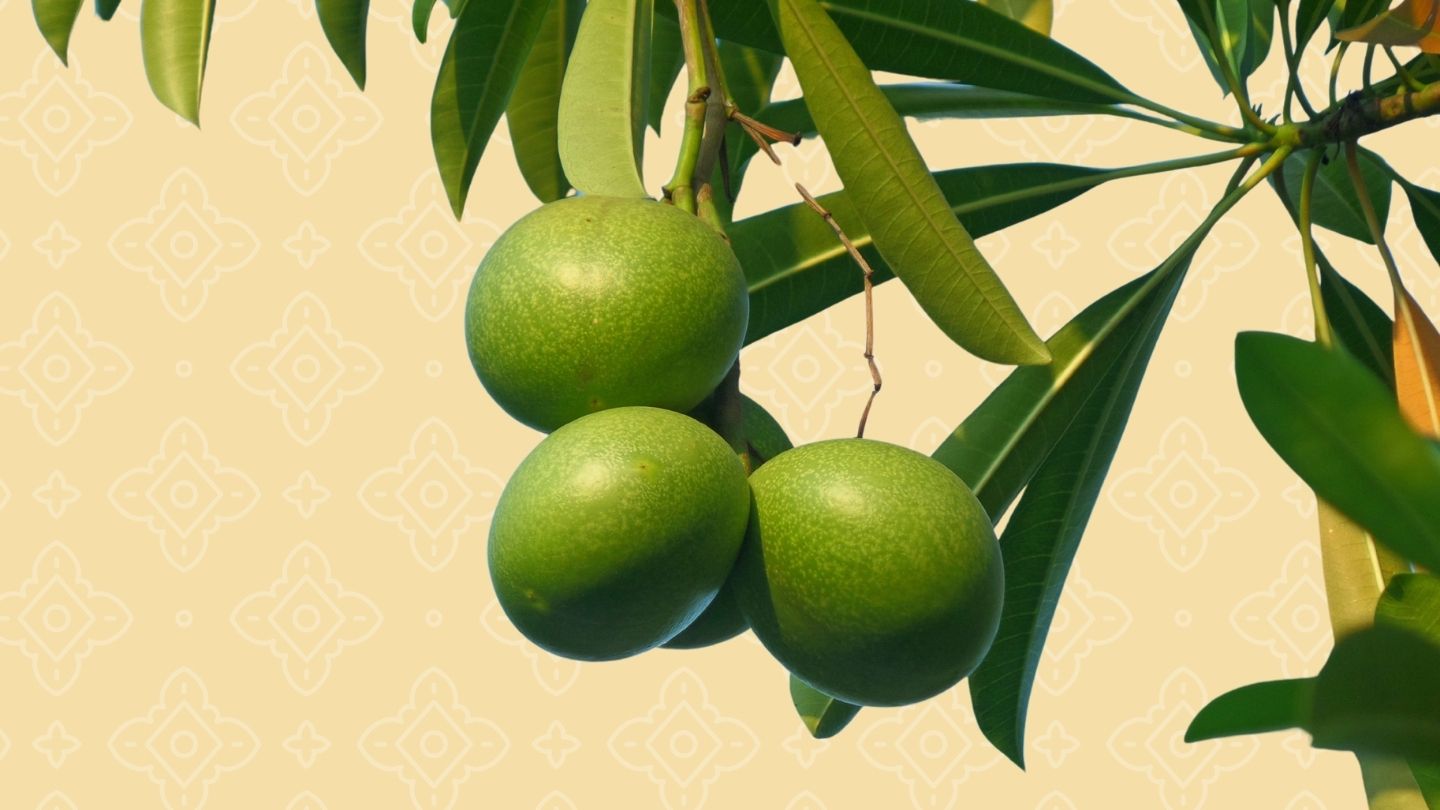In the Season 3 premiere of The White Lotus, the jovial hotel employee Pam warns the Ratliff family not to eat the fruit of the “mighty pong pong tree,” because its seeds are toxic — so toxic, in fact, they could kill you.
The family patriarch Tim later asks Pam again about the tree, and she explains that the Thai locals call it “the suicide tree.”
No spoilers! Suffice it to say that pong pong poisoning is real and provides a major plot twist in the season finale.
What Is a Pong Pong Tree?
The pong pong tree (Cerbera odollam) is a toxic plant belonging to the dogbane family, which are flowering plants famous for producing poisons. It grows in Southeast Asia, the Pacific Islands, and northern Australia, but it can also be found in other countries around the world as an ornamental tree.
What Would Happen if You Ate Pong Pong Seeds IRL?
Cerberin is dangerous because it affects how the heart works, explains Hilary Hamnett, DPhil, an associate professor in forensic science at the University of Lincoln in the UK and the author of Poisonous Tales: A Forensic Examination of Poisons in Fiction.
“It interferes with signals to the heart by causing an electrolyte imbalance. Without treatment, the heart gradually slows down until it stops,” says Dr. Hamnett.
Early symptoms of pong pong poisoning include nausea, vomiting, and diarrhea as the body tries to expel the poison, she says.
“But as it begins to affect the heart, a person may experience confusion, agitation, chest pains, and palpitations. Heart rates can drop to 30–40 beats per minute [the norm for adults is between 60 and 100] as well as lowered blood pressure, leading to dizziness,” says Hamnett.
How Common Is Pong Pong Poisoning?
It’s unclear exactly how many people get poisoned by pong pong fruit each year.
“In terms of poisonings that have been reported in the scientific literature, it’s not that common — a handful of cases a year in the U.S.,” says Hamnett.
Owen McDougal, PhD, a professor of chemistry and biochemistry at Boise State University in Idaho, agrees that pong pong poisoning is rare. “Someone has to be pretty deliberate to poison themselves. The pit needs to be ground to a powder and consumed in order to be effective,” he says.
“Where deaths happen outside of its natural habitat, the seeds are usually purchased online,” says Hamnett.
How Many Seeds Would It Take to Cause Death?
“One seed from the pong pong fruit can be fatal, and half seeds have been shown to make people very sick and cause abnormal heart rhythms. Different people need different amounts, but it’s likely that two seeds or one whole fruit (including seeds) could very likely kill a person,” says Matthew Badgett, MD, an internal medicine doctor at Cleveland Clinic in Ohio.
What’s the Treatment for Pong Pong Poisoning?
There’s no antidote specifically for cerberin, but the symptoms of poisoning can be treated, says Hamnett.
“One of the treatments is atropine, which is another poison [found in deadly nightshade] that affects the heart in a way opposite to cerberin. Additionally, the antidote to a very similar poison, called digoxin, which is found in foxgloves, is often given in hospital for pong pong poisoning and can have some success,” she says.
Healthcare workers can also take measures to stabilize the heart, says Badgett.
Read the full article here




